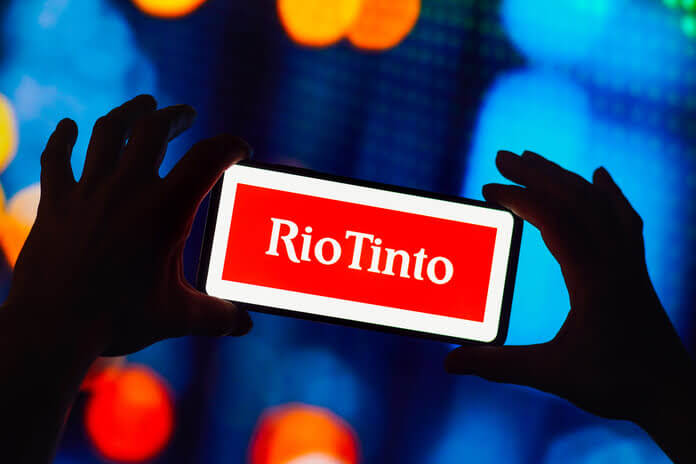Rio Tinto (NYSE:RIO) has unveiled plans to construct a groundbreaking solar power facility at its Diavik Diamond Mine, situated in the northern reaches of Canada. This initiative closely aligns with RIO’s global mission to reduce carbon emissions, targeting a 15% reduction in Scope 1 & 2 emissions by 2025, followed by a 50% reduction by 2030. Aiming for net-zero emissions by 2050, the company is stepping up its commitment to sustainability.
This pioneering solar plant will boast over 6,600 solar panels, designed not only to harness direct sunlight but also to capture the reflected light off the snow, which blankets the Diavik site for the majority of the year. The innovative bi-facial panels maximize energy generation potential.
Expected to commence full operations in the first half of 2024, the solar power plant will enhance Diavik’s renewable energy capacity. The site already hosts a wind-diesel hybrid power installation generating 55.4 MW, powering the operations. Anticipated to yield around 4,200 megawatt-hours of clean energy annually, the solar facility will contribute significantly to the mine’s operations. During the ongoing closure activities until 2029, the plant will supply up to 25% of Diavik’s electricity demand. Additionally, it is estimated to reduce diesel consumption by nearly one million liters per year and mitigate emissions by approximately 2,900 tons of CO2 equivalent—equivalent to removing the emissions of 630 cars.
Rio Tinto (NYSE:RIO) wholly owns the Diavik mine, the largest diamond producer in Canada, boasting an annual rough diamond production capacity of 3.5 to 4.5 million carats. Since its establishment in 2003, the mine has extracted over 100 million carats of diamonds, with commercial production slated to conclude in Q1 2026.
In 2022, Rio Tinto achieved a 2% year-on-year reduction in Scope 1 and 2 emissions, resulting in 30.3 Mt CO2e. This figure marked a 7% reduction from the company’s 2018 baseline. In the first half of fiscal 2023, RIO reported Scope 1 and 2 emissions of 15.4 Mt CO2e, a 1% decrease from the previous year’s corresponding period. Investing $95 million in decarbonization projects during this period, Rio Tinto remains committed to its sustainability goals.
As part of its comprehensive decarbonization strategy, Rio Tinto (NYSE:RIO) has earmarked a capital investment of $7.5 billion between 2022 and 2030. The company has made significant strides in sustainability in the first half of fiscal 2023. In April 2023, the Rio Tinto Iron and Titanium division launched the BlueSmeltingTM demonstration plant at its Sorel-Tracy metallurgical complex. This initiative, developed in partnership with the Canadian Government, is a pivotal step in validating the innovative BlueSmeltingTM technology, aimed at decarbonizing RTIT’s Quebec Operations. With a funding commitment of up to C$737 million ($537 million) over eight years, this collaboration seeks to transform the Sorel-Tracy facility into a center of excellence for critical minerals processing.
Furthermore, Rio Tinto’s Boron, CA operation achieved a milestone in June, becoming the world’s first open pit mine to operate an entire fleet on renewable diesel. This achievement underscores the company’s dedication to sustainability. Additionally, Rio Tinto signed a Memorandum of Understanding (MoU) with China Baowu in June, embarking on joint projects across China and Australia to drive decarbonization within the steel value chain.
The mining industry is embracing technological advancements and automation to enhance productivity, cost efficiency, and safety. These transformative efforts not only align with sustainability targets but also address the urgent need to curb carbon emissions in response to climate change challenges.
Featured Image: Megapixl @ Rafaelhenriquepress















